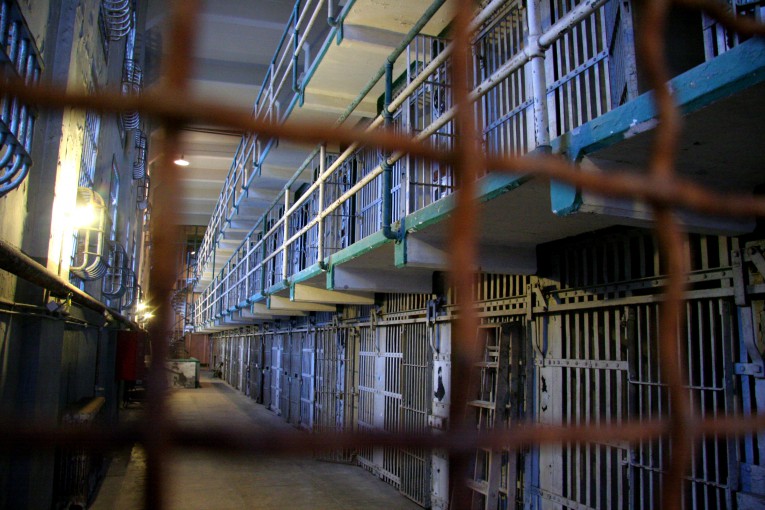

The historic drop in crime rate over the last several decades combined with the disproportionate incarceration in the US compared to the rest of the world has fueled criminal justice reform which has eventually led not only to a change in policies but also a change in leadership.
In November, San Francisco became the latest city to elect a prosecutor who had pledged a reform-driven platform rather than the more traditional lock-em-up platform from the 1990s or first decade in the 2000s.
Chesa Boudin, like Larry Krasner in Philadelphia has stressed a decarceration platform – pushing for things like the elimination of cash bail, pretrial release programs, diversion, and restorative justice.
How successful these programs will be – may depend largely on whether the crime rate stays down even as we change our strategy on prosecutions and incarceration.
Toward that end, we look at the latest round of crime data to better understand the system. The answer of course is not so straight forward.
The Brennan Center’s report paints a complex picture: “With the end of the year approaching, trends in crime for 2019 are snapping into focus. They offer some good news, including decreases that  offset a spike from 2015 and 2016 in many places. But there are also some reminders of the need for innovative solutions to urban violence.”
offset a spike from 2015 and 2016 in many places. But there are also some reminders of the need for innovative solutions to urban violence.”
The data here are critical. Criminal justice reform momentum will only continue as long as crime continues to remain at or near historical levels.
Even in San Francisco, while the voters put their faith in a new path forward with Chesa Boudin, the backdrop to the campaign was concern over rising property crime.
Suzy Loftus was supposedly running a reform-minded campaign. And yet as the San Francisco Chronicle pointed out in September, she is running on a platform that “San Franciscans are tired of car break-ins, home break-ins, blatant crime on their sidewalks and a criminal justice system that seems to merely point fingers in response.”
But despite focusing heavily on cracking down on low-level property crimes, she was outflanked from her left by Chesa Boudin.
The problem now is going to be addressing people’s concerns about crime while reforming the system.
As Mr. Boudin related to us, changing the bail system is going to mean that someone who got out will end up committing a series crime and ultimately someone will get killed. When that happens there will be huge pressure and pushback over reforms. The question for the movement is going to be whether the good stuff outweighs the bad stuff.
So watching the data on violent crime, nationally is vitally important.
The Brennan Center points to the long-term trend on murders. From 1960 to 1980, “the murder rate roughly doubled, climbing from 5.1 per 100,000 people to 10.2. After a short dip, murder rates reached their most recent high point in 1991, peaking at 9.8. This increase was not confined to just homicide: rates of crime and violent crime also rose dramatically. In some cities, the trend was even sharper, with New York City experiencing 2,245 murders in 1990 alone, corresponding to a murder rate of more than 30 per 100,000.”
The crime rate then started falling. By 2014, it reached 4.4 per 100,000 – less than half the peak and in places like NYC, it was 90 percent from the peak.
This trend stalled and reserved in 2015 with it going back up to 5.4 – an increase, but nothing like 1980 or 1990.
That led to a lot of concern especially in places like Chicago. Writes the Brennan Center: “Thankfully, though, the new crime wave that some warned was just over the horizon never materialized. Violent crime appeared to stabilize in 2017 and then dropped sharply in 2018.”
So now what? Murders declined in Chicago – again. It is not back to 2014 levels, but they have made progress.
In San Francisco, Suzy Loftus focused on property crime, but the data through October shows “significant declines in the number of homicides (down around 18 percent) and reported rapes (down 14 percent) contributing to a roughly 7 percent decrease in violent crimes reported.”
But even better news, “Property crimes are down 5 percent overall, with the number of reported burglaries falling 16 percent. These are small declines, though, considering San Francisco’s relatively high rate of property crime. In 2018, San Francisco’s property crime rate was the third highest among cities with populations of 500,000 or more.”
So even among property crime, San Francisco saw decreases.
Not as good a news for Philadelphia – but not terrible. Given the 2017 election of Larry Krasner and his slew of reforms.
Homicides in Philadelphia were up by 10 percent in 2018 prompting concerns that this was a consequence of his reforms.
However, “through December 1, violence appears to be stabilizing, with violent crime rising by just 4 percent — within the realm of yearly variation. That increase includes a less than 1 percent rise in the number of homicides, though; upticks in robbery and aggravated assault account for most of the increase.”
Moreover, “Philadelphia’s violent crime rate was 909 per 100,000 in 2018, the lowest it’s been since at least 1990. If trends continue, the violent crime rate in 2019 will remain near the bottom of that trend.”
They go further to note: “Critically, relative stability in violent crime trends has occurred even as the jail population dropped.”
The Brennan Center concludes: “It’s too soon to evaluate Krasner’s impact on the city, but these are important data points to consider when evaluating the effect of criminal justice reform policies.”
These are trends we should all be watching as more and more centers engage in criminal justice reform.
—David M. Greenwald reporting

